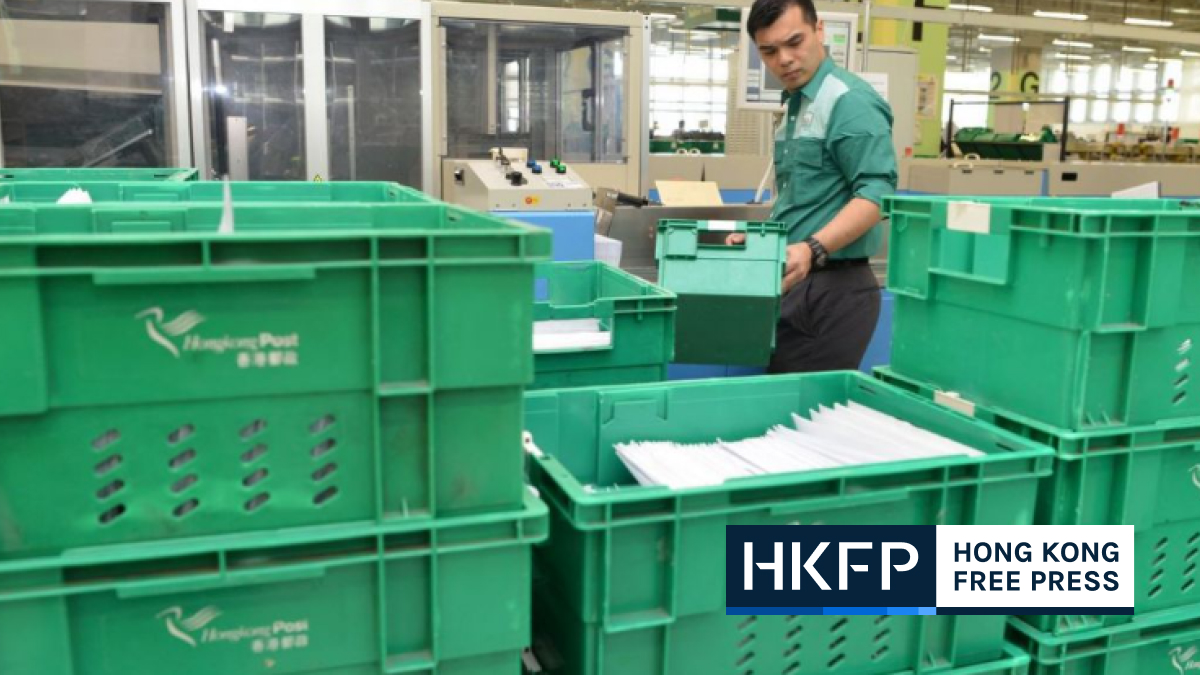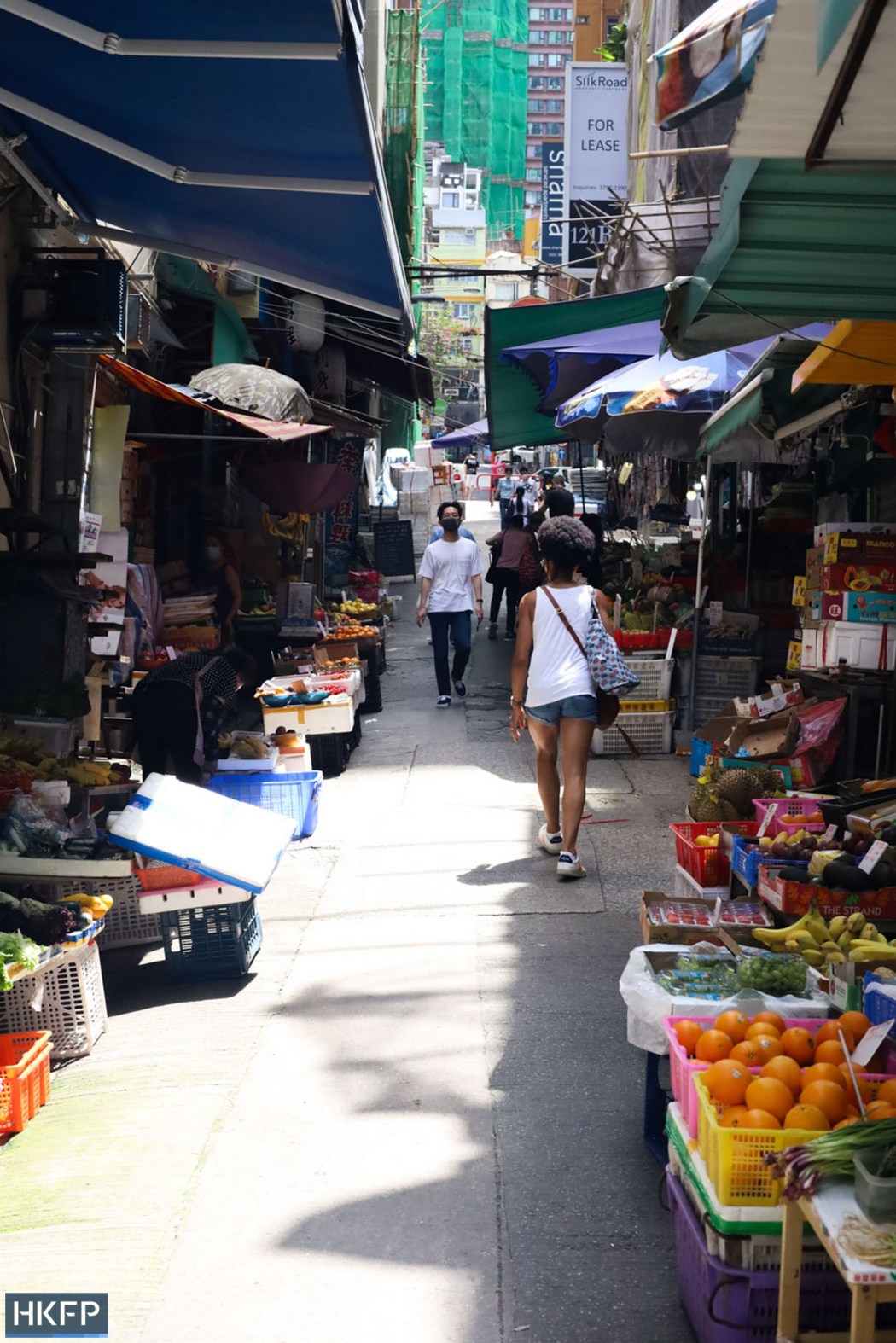
The oldest market in Hong Kong snakes down Graham Street in Central district, a riotous sensory overload of colours and aromas.
When it was established around 160 years ago, the British colony of Hong Kong was less than 20 years old. The wet market’s starting point on Queen’s Road was not much more than a block away from the original Victoria Harbour waterfront, defined roughly by the tramline on Des Voeux Road Central.
At first, Graham Street Market’s proximity to the ocean made it a natural fit for the trade in fresh fish and other fruits de la mer. But land reclamation over the years pushed the coastline several hundred metres to the north.
Still, the market endured – and spread around what was then the city of Victoria to nearby Peel, Gage and Stanley streets. But we don’t really know how Graham Street got its name.
It’s usually quite simple to identify the personalities who lent their surnames to the streets of the former colony. Early Hong Kong, however, was home to at least five historical figures surnamed Graham.
The candidates include Lieutenant Colonel Fortescue Graham, who commanded Britain’s marine battalion in the First Opium War. But government documents are content with stating: “The naming of the street cannot be ascertained.”
Last surviving
Graham Street still offers some of the best fruit and vegetables available in Hong Kong. Juicy Tasmanian cherries and bright bell peppers from the Netherlands are sold alongside locally produced premium soy sauce and organic leafy greens from the New Territories. And it’s not only the city’s oldest market, it’s also the city’s last-surviving open-air wet market.
Visiting Graham Street isn’t just like being in a Wong Kar-wai movie – you are thrust into one. The market is featured prominently in the local auteur’s influential 1994 film Chungking Express, which he describes as his “love letter to Hong Kong”.
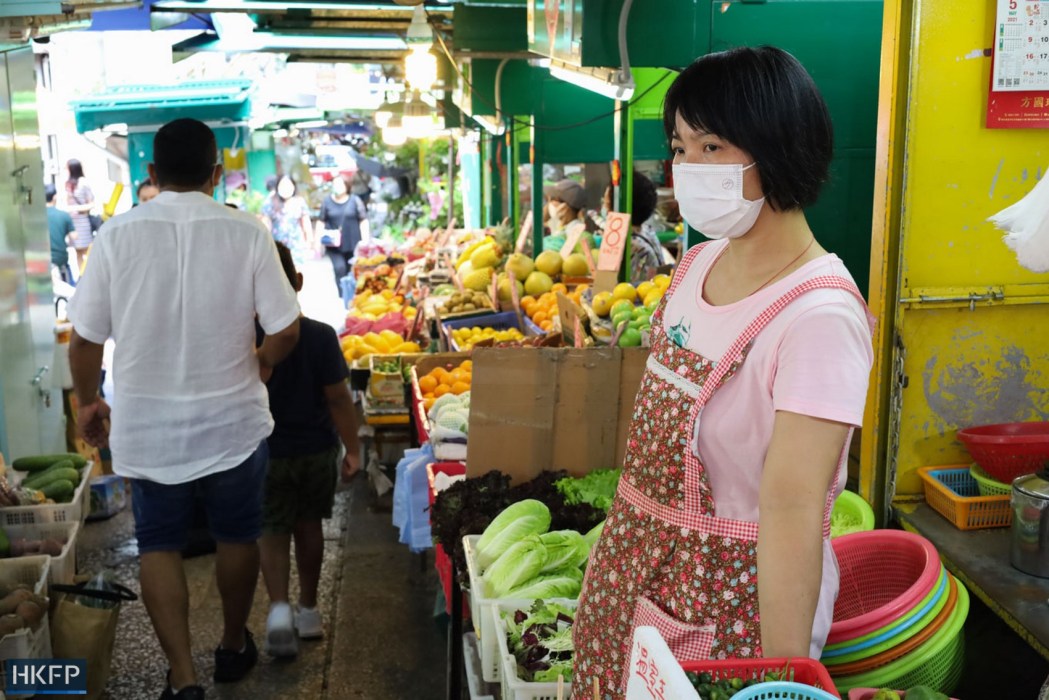
For generations, the market has been the quintessential Hong Kong shopping experience. It’s wonderfully ramshackle and slightly unsanitary, of course, but free of all artifice and usually a bargain to boot.
But now the hipsters have arrived. And they have hot wings and craft IPA beer.
Back in the 1990s, it was not uncommon to see people wander down grungy Graham Street to grab supplies for hotpot dinners.

They’d pick up tofu, veggies, noodles, sliced beef and lamb, dumplings, bean sprouts, soup stock, garlic – and sometimes prawns that had jumped out of the tanks onto the street, which would simply be rinsed off and end up in the hotpot.

Today on Graham Street you can eat the best Southern-style BBQ beef brisket while sipping a quite decent craft beer brewed in Hong Kong.
Dirty word?
Emblematic of these changes is the recent opening of the Graham Street Food Hall, an eatery which represents the current high water mark of the market area’s gentrification by the government’s Urban Renewal Authority (URA). Not that the venue’s owner regards gentrification as a dirty word.

On a scorching hot afternoon, investor and entrepreneur, Teddy Pun, is celebrating the opening of the food hall with – what else – a hot-wing-eating challenge and a beer-chugging competition.

“In 2000, when I came back to Hong Kong from university in the US, the first place I lived in was SoHo,” Pun says. “I’d always come down [to Graham Street] to buy my fruit and vegetables. And go to the bars and clubs in the neighbourhood.”
Pun says he was attracted to the venue on Graham Street because of its combination of historical and modern elements. “And also the low rent made the economics right for us. The Urban Renewal Authority was not just looking for the highest bidder, but someone with the right concept and the right idea that made sense for this neighbourhood.”
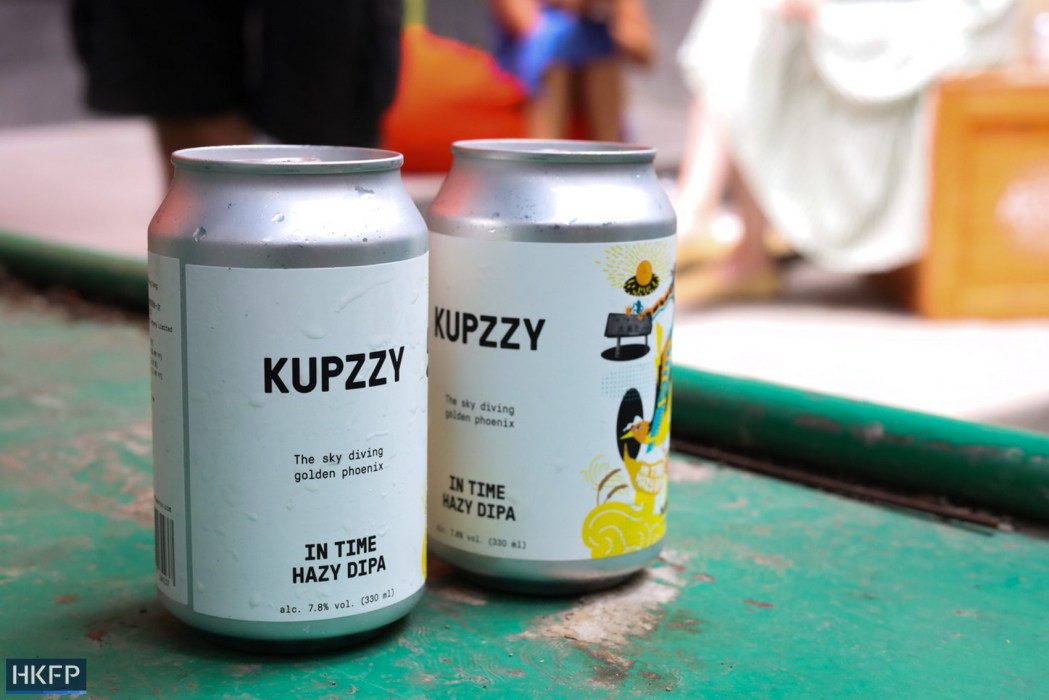
Inside the venue, a cool, moderately tattooed crowd tucks into five different menus. On offer are pretty much a greatest hits of dishes you’ll find in hip districts such as Camden Market in London or Williamsburg, New York.
There’s the obligatory Southern BBQ brisket and pulled pork, obviously, but also square pizza slices, Japanese hambagu comfort bowls, Sriracha and yuzu chicken wings, and burnt Basque cheesecake. This is all washed down with the likes of pickleback bourbon shots and Suntory whiskey highballs.
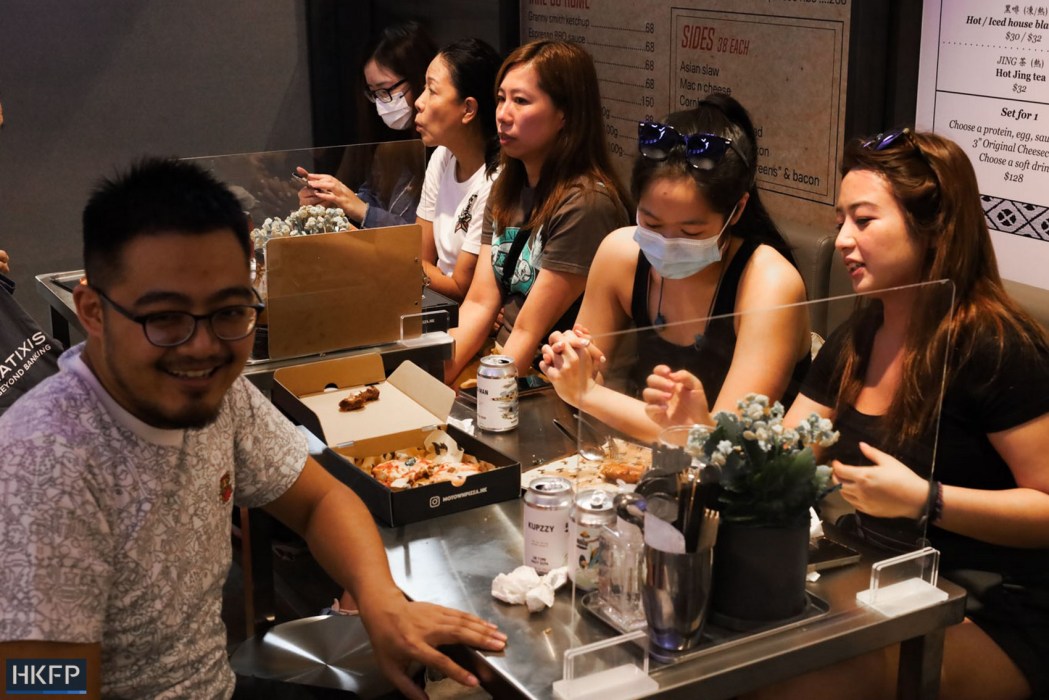
It’s all great quality and not overpriced for Central. Still, I can’t help but wonder what a veteran market shopper would do on Graham Street with the HK$98 I drop on a ridiculously juicy and tender BBQ brisket bun.
The food hall – although calling the modest outlet a “hall” does feel a bit generous – is located on the ground floor of the shiny new My Central building. The 37-storey tower completed in 2019 was the first residential complex to emerge from the area’s controversial redevelopment project.

Another residential building is still under construction opposite My Central. A hotel and office building are yet to come up the hill on Peel Street, but the area’s revitalisation project is on the home straight.
Pun says he has tried to make the Food Hall fit in with the area by, for example, sourcing its fruit and vegetables from the market. And the venue’s flowers come from a florist just down the street.
Giving something back
“Obviously we are doing things a little different, a little more modern. And we’re bringing in a different demographic. At the same time we’re also trying to contribute to the market and give something back to the people working here.”

The HK$3.8 billion Peel Street/Graham Street Redevelopment Scheme was announced in 2007 and is scheduled for completion in 2024. We all witnessed the Urban Renewal Authority’s other “renewal” projects – such as its outrageous destruction of Wan Chai’s quaint Wedding Card Street almost 15 years ago – and many had similarly low expectations for its revamp of the Graham Street Market area.
And the naysayers mostly haven’t been proved wrong. After all, more than 15 charming tong lau shophouses – tenement buildings built from the late 19th century to the 1960s – were demolished when around half of the market area was hit with the wrecking ball. A significant number of long-term hawkers were also evicted.
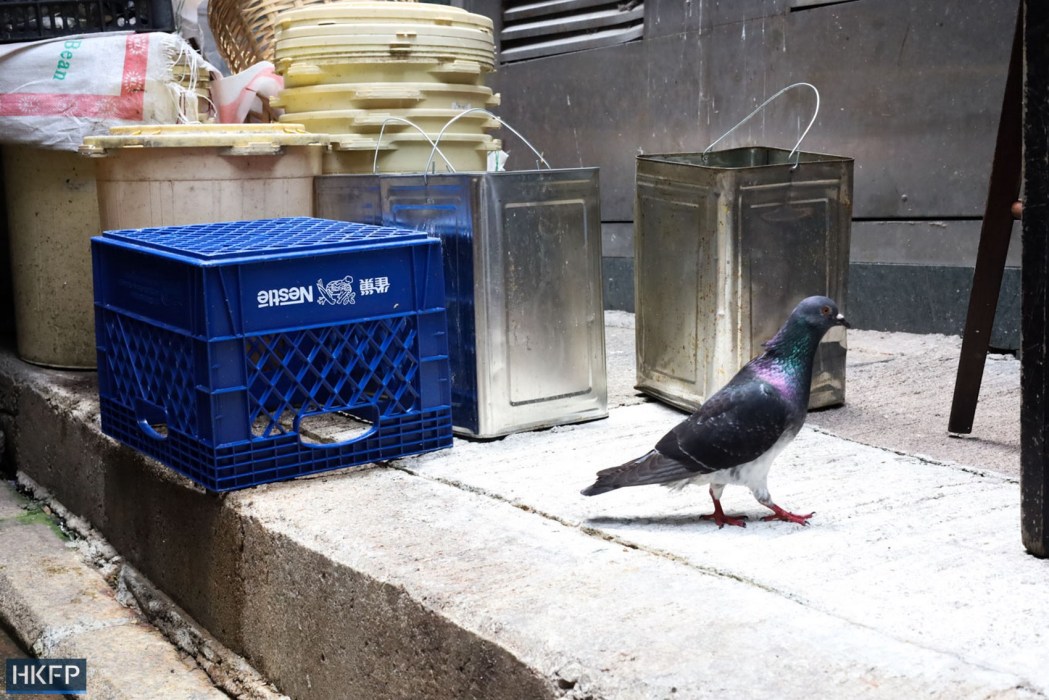
A public outcry failed (as usual) to save the tong lau sitting on valuable land. But many of the displaced hawkers were at least offered shops in a sterile new centre called Taste of Graham Street, which opened on the junction of Gage Street and the market in 2016.
On the surface level, the market itself mostly appears to have remained intact. The current vendors are free to stay and ply their trade from sturdy new metal stalls supplied and registered by the government.
Urban ecology
“It’s true that a substantial part of the market is still there, but a substantial proportion has gone,” says Chloe Lai, chairperson of the Conservancy Association for Heritage and an occasional contributor to HKFP.
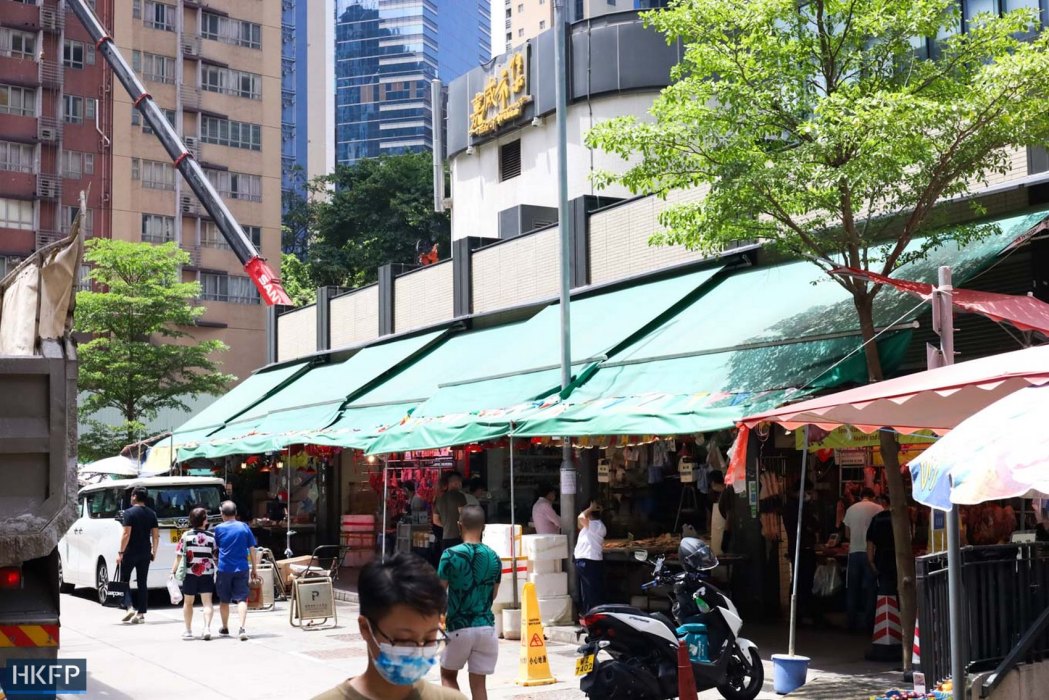
“The urban ecology of this part of Central will change forever. After the new residents move into the URA’s residential towers, with their purchasing power and their [modern] habits, the streets will change.
“This is not organic gentrification.The URA is a statutory organisation and this is a redevelopment backed by law. Will the URA mitigate the gentrification brought to this neighbourhood by its redevelopment?”

Halfway through the market and just up from the Food Hall is Ms Yu, 38, who has worked at her family-run fruit and vegetable stall since she was a child.
“When I was young, this area was very traditional. Graham Street and Gage Street used to be full of tong lau buildings. I remember the butchers would kill chickens and other animals right on the street in front of you. There were street hawkers everywhere.
“Then the Urban Renewal Authority came in and started bargaining over prices with the property owners. After the buildings were all bought up, they were left abandoned for 10 years, the hawkers were kicked out and the construction started. The whole process has taken more than 20 years.”
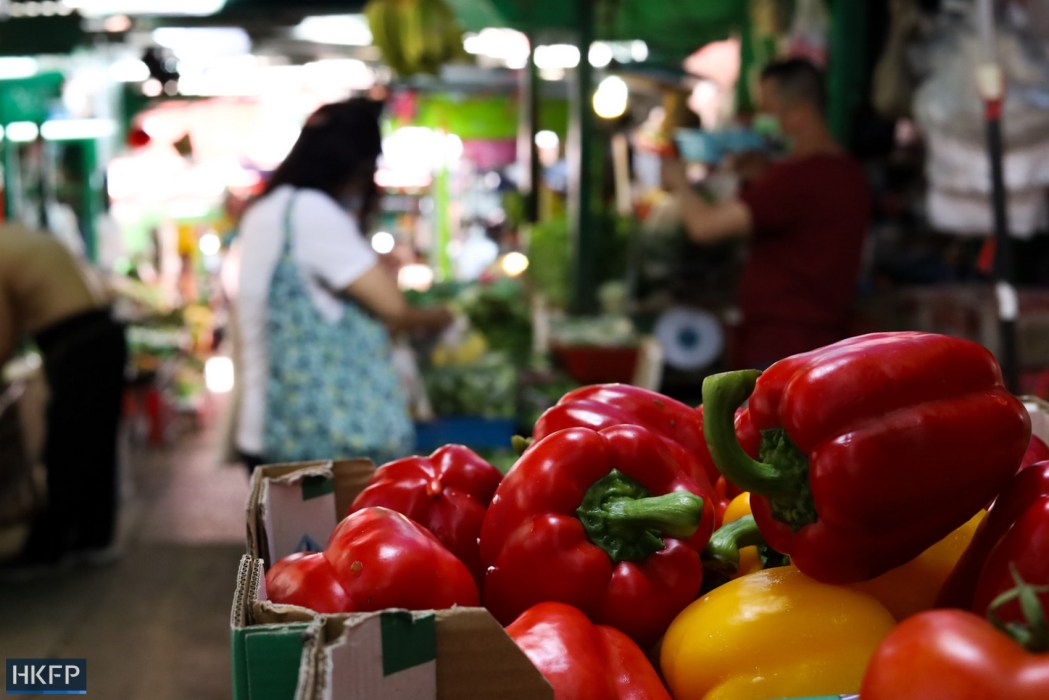
Ms Yu’s stall is just outside the modern Taste of Graham Street centre where many of the displaced hawkers were relocated.
“A lot of the street vendors see this centre as a competitor now, not a part of the market. It’s got a nice environment, but not many old customers want to go to these new shops. And it’s not in a good location. My family was also given a shop there, but we just use it as a storage warehouse and for sleeping.”
East-west poster child
Hong Kong has long been the poster child for contrast – consider the well-worn cliches “East meets West” and “the old meets the new”. But there’s still something jarring about seeing the 21st century arrive in a functioning 160-year-old wet market in the form of craft beer and the shiny My Central tower.

The blog Blue Lapis Road put this feeling into words perfectly when discussing the HK$33 million (US$4.2 million) price of a 674 sq ft unit in My Central: “A 2020 property listing shows that a high-level unit was selling for HK$48,960 per square foot (US$6,100).
“If a tofu vendor on Graham Street sells a block of tofu for HK$4, she would need to sell over 12,000 blocks just to buy one square foot of residential space above her head.”
But what do the vendors such as Ms Yu think of these cool, modern arrivals on Graham Street? “They are very SoHo, very high end. But it’s not strange to see them coming here – things like this are all over Central now. I think rich people prefer hidden places like this because of the privacy they offer.
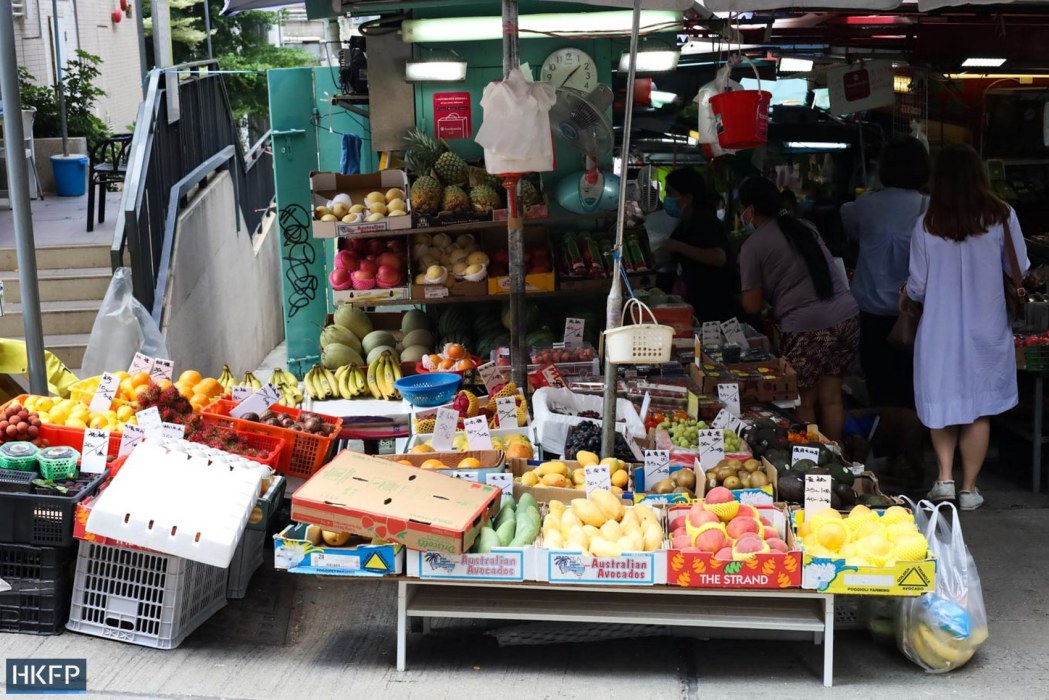
Pun casts his eye down the street and says he regrets the loss of the historic buildings. “But it’s also positive that while they are gentrifying the area, they’re also bringing in some historical elements.
“For example, we are seeing this in the redevelopment of the Central Market,” Pun says in reference to the Urban Renewal Authority’s ongoing revitalisation of the 1930s Bauhaus-style market building not far from Graham Street on Queen’s Road.
Old and new
Pun firmly believes the old and the new can coexist, pointing to successful examples of gentrification around the world such as the Meatpacking District in New York.
“And it’s happening right now in other parts of Hong Kong, such as Sham Shui Po, where we now have 10 to 20 new coffee shops and other businesses that are bringing an entirely new crowd to the area.”

So how is the Graham Street Food Hall fitting in with the old-school vendors? “Overall the reception has been positive,” Pun says.
“We try to keep our place clean and organised, while some other shops might have a few more boxes and things outside. It would be good to see some compromises to keep things clean so the area can continue to attract new visitors.

“But we did get a visit from one man who said his family used to own a shop where the Food Hall is now. There wasn’t any animosity or anything – but obviously that would feel odd, right?”
The Graham Street Food Hall is located at Shop 3, 23 Graham St, Central.
Support HKFP | Policies & Ethics | Error/typo? | Contact Us | Newsletter | Transparency & Annual Report | Apps
Help safeguard press freedom & keep HKFP free for all readers by supporting our team

LATEST FROM HKFP
HKFP has an impartial stance, transparent funding, and balanced coverage guided by an Ethics Code and Corrections Policy.
Support press freedom & help us surpass 1,000 monthly Patrons: 100% independent, governed by an ethics code & not-for-profit.







